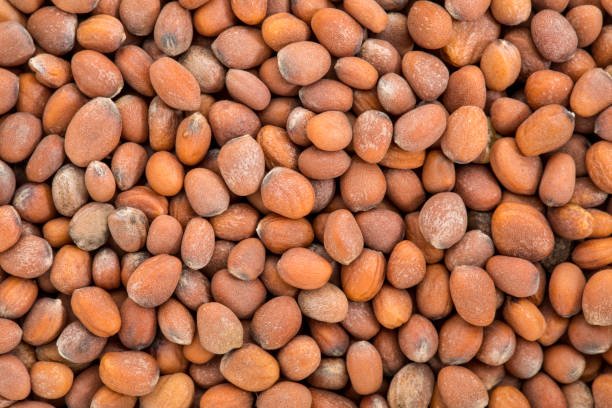Radish Seeds
Name
Arabic: بذور الفجل (Buzoor Al-Fijl)
English: Radish seeds
Botanical Description
Radish seeds come from the radish plant (scientific name: Raphanus sativus), which belongs to the Brassicaceae family. The plant is characterized by edible fleshy roots that vary in color from white to red to black, and large green leaves. The plant can reach a height of about 20-100 cm. Radish seeds are used for some medicinal and dietary purposes.
Benefits
Nutrient-Rich: Contains vitamin C, potassium, and fiber.
Improving Digestion: Helps promote digestive health.
Antioxidant Properties: Contains compounds that help fight free radicals.
Boosting Immunity: Due to its high vitamin C content.
Liver Health Support: Believed to help detoxify the liver.
Medical Uses
Treating Constipation: Due to its high fiber content.
Blood Purification: Used to detoxify the blood.
Anti-inflammatory: Helps reduce inflammation in the body.
Enhancing Skin Health: Used to treat some skin problems like acne.
Cultivation Methods
Soil: Prefers fertile, well-drained soil.
Climate: Grows best in temperate climates.
Irrigation: Requires regular watering to maintain soil moisture.
Planting Season: Planted in spring or fall, preferring cooler weather.
Part Used as Medicine
Seeds: Used for some medicinal purposes.
Roots: The main part used for nutrition and treatments.
Active Components
Vitamin C: Boosts immunity and protects cells.
Dietary Fiber: Promotes digestive health.
Antioxidants: Such as anthocyanins and flavonoids.
Sulfur Compounds: Help detoxify the liver.
Export details worldwide
Weight: 20 or 25 kilograms
Weight, packing, and packaging: Automatic
Packaging: Sacks
Origin: Egypt






